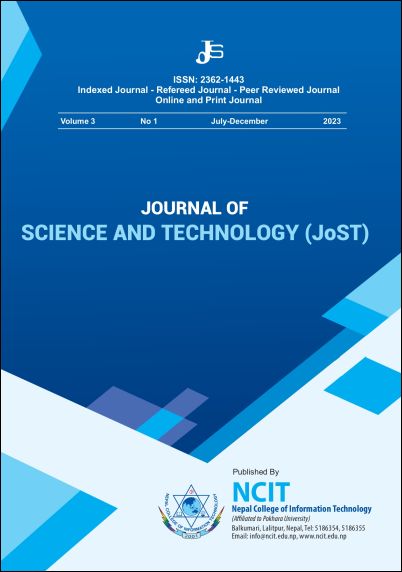Travel Route Planning Using Fog-Cloud Architecture and Optimum Path Calculation
DOI:
https://doi.org/10.3126/jost.v3i1.69068Keywords:
Fog-Cloud Architecture, Roadside Units, VANET Communication, Road Weight MeasurementAbstract
Traffic flow is random and discontinuous bearing in mind the incalculable human behaviors and also because of various factors such as traveling time, fuel consumption, etc. There are also other various influential factors such as accidents, condition of roads, weather, among others which makes route planning a difficult job. Traffic congestion detection and route recommendation are major aspects while performing congestion control. The motivation of this paper is to present a route recommendation system based on a multi-layer fog-cloud architecture. We deploy Roadside Units (RSUs) which are important for calculating the information about traffic influencers such as travel time, congestion area intersections prediction, etc. A cloud service provider and a road side unit are responsible for detection of traffic and sharing of information with the help of VANET communication between vehicles that are relayed to other vehicles with the help of beacons and nearby RSUs using software defined network architecture. Road Weight Measurement (RWM) is used to detect the congestion affected roads and provide appropriate route recommendations using various fitness functions. The model can be useful for easing the concern of traffic congestion issues using optimum path calculation for finding the shortest and the fastest routes. comparison to other guidance systems.




